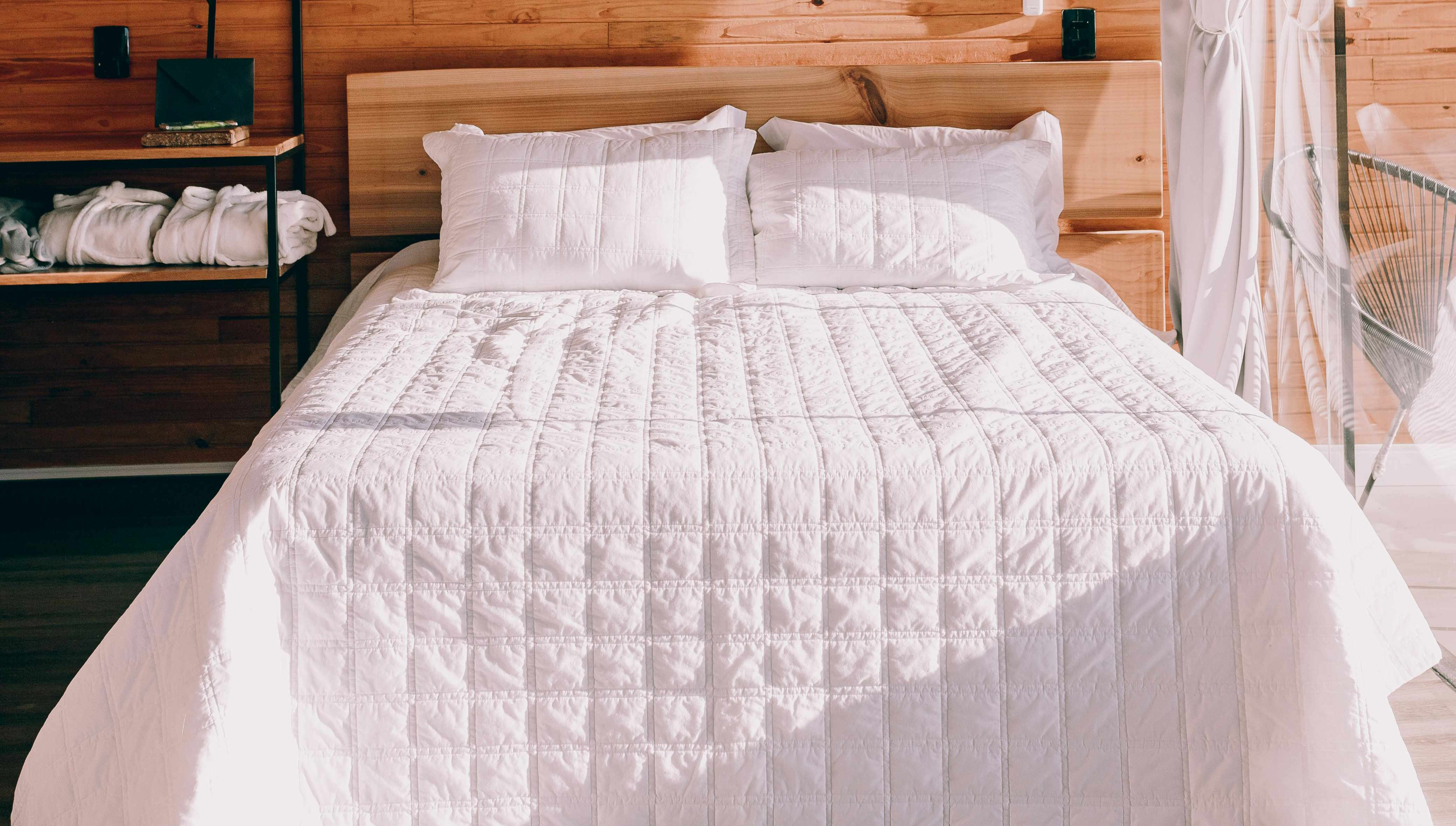The Art of Layering Textures in Bedroom Design
Creating a cozy and inviting bedroom goes beyond simply choosing the right color palette or furniture pieces. One of the most effective ways to elevate your bedroom's aesthetic and comfort level is through the strategic layering of textures. This design technique adds depth, visual interest, and tactile appeal to your sleeping space. By combining different materials, patterns, and surfaces, you can transform a flat, one-dimensional room into a rich, multifaceted environment that engages the senses and promotes relaxation. The art of layering textures in bedroom design has evolved over time, influenced by various cultural trends and interior design movements. Today, it remains a crucial element in crafting personalized, luxurious sleeping quarters that reflect individual taste and style while providing a serene retreat from the outside world.

Historical Context of Textural Layering
The concept of layering textures in interior design has roots that stretch back centuries. In medieval European castles, tapestries were hung on walls not just for decoration, but also for insulation and to soften the harsh stone interiors. The Victorian era saw a proliferation of textures, with plush velvets, intricate laces, and heavy brocades adorning bedrooms. The mid-20th century brought a shift towards minimalism, but by the 1970s, texture was back in vogue with shag carpets and macramé hangings. Today’s approach to textural layering in bedrooms draws inspiration from these historical precedents while incorporating modern materials and design sensibilities.
Key Elements for Textural Layering
When it comes to layering textures in a bedroom, several key elements come into play. The bed, as the focal point of the room, offers numerous opportunities for textural variety. Start with a high-quality mattress and layer it with crisp cotton sheets, a plush duvet or comforter, and an assortment of pillows in different sizes and fabrics. A textured headboard, whether upholstered in velvet, woven in rattan, or crafted from distressed wood, can add significant visual and tactile interest.
Floor coverings are another crucial component of textural layering. A plush area rug can anchor the bed and provide a soft surface underfoot. Consider layering rugs of different textures and pile heights for added depth. Window treatments offer yet another opportunity for texture, with options ranging from sheer linen curtains to heavy velvet drapes or natural woven shades.
Balancing Soft and Hard Textures
One of the keys to successful textural layering is striking the right balance between soft and hard textures. Soft textures, such as plush throw blankets, velvet pillows, and shaggy rugs, create a sense of comfort and coziness. Hard textures, like wooden furniture, metal accents, or leather upholstery, provide contrast and prevent the room from feeling overly soft or monotonous. The interplay between these different textures creates visual interest and depth, making the space more dynamic and inviting.
Incorporating Natural Textures
Natural textures have gained popularity in recent years as people seek to create more organic, grounded spaces. In bedroom design, this trend translates to the use of materials like wool, cotton, linen, jute, and wood. These natural textures not only add visual interest but also connect the indoor space with the natural world, promoting a sense of calm and well-being. Consider incorporating woven baskets, wooden furniture with visible grain, or a jute rug to bring these natural elements into your bedroom design.
The Role of Color in Textural Layering
While texture is often associated with the sense of touch, color plays a crucial role in how we perceive texture visually. Different colors can enhance or downplay textural elements in a room. For example, light colors tend to highlight texture, making it more visible, while darker colors can make textures appear more subtle. When layering textures in a bedroom, consider how your color choices will interact with the various textures in the space. A monochromatic color scheme can allow textures to take center stage, while a more varied palette can create interesting interplays between color and texture.
Seasonal Textural Adjustments
One of the benefits of mastering textural layering in bedroom design is the ability to easily adjust the room’s feel with the changing seasons. In colder months, you might incorporate heavier textures like chunky knit throws, faux fur pillows, or velvet curtains to create a cozy, nest-like atmosphere. As the weather warms up, these can be swapped out for lighter textures like crisp linen sheets, airy cotton throws, or breezy sheer curtains. This seasonal rotation not only keeps your bedroom feeling fresh and current but also allows you to adapt the space to changing temperature and light conditions.
Textural Layering for Small Spaces
In smaller bedrooms, textural layering can be particularly effective in creating a sense of depth and interest without overwhelming the space. The key is to be strategic with your choices, focusing on a few high-impact textural elements rather than trying to incorporate too many different textures. For example, a textured wallpaper or accent wall can add significant visual interest without taking up any floor space. Similarly, choosing bedding with subtle textural variations can create depth without cluttering the room. In small spaces, it’s also important to balance textural elements with some smoother surfaces to prevent the room from feeling cramped or chaotic.
The Future of Textural Layering in Bedroom Design
As we look to the future of bedroom design, textural layering is likely to remain a key element, albeit with some evolving trends. We’re seeing an increased interest in sustainable and ethically sourced materials, which is influencing texture choices. Innovative textiles made from recycled materials or novel plant-based fibers are entering the market, offering new textural possibilities. Additionally, the growing focus on wellness and biophilic design is likely to drive further incorporation of natural textures and materials that promote a connection with nature. As technology advances, we may also see the integration of smart textiles that can change texture or warmth in response to environmental conditions or user preferences, adding a new dimension to the art of textural layering in bedroom design.






